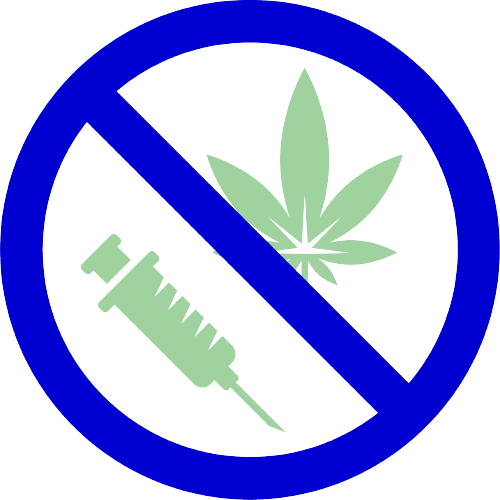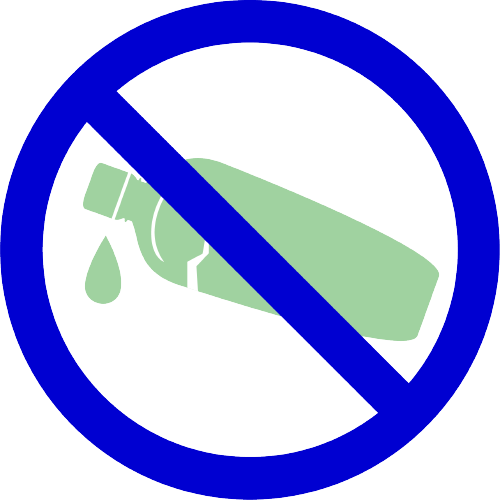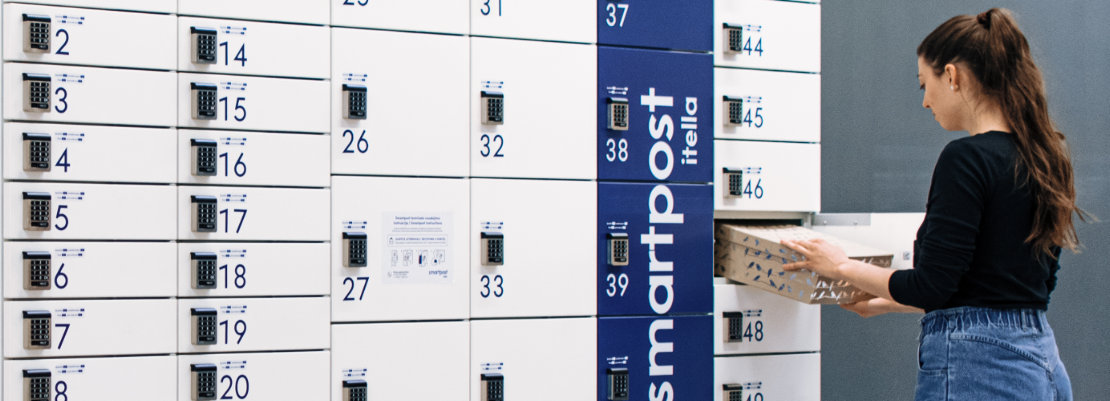Packaging guide


Step 1. Pack
- Parcel content could not be accessed or damaged without damaging the outer packaging;
- All items to be delivered must be packaged;
- No additional items may be affixed to the packaging;
- Packaging must not have any loose edges or protruding parts;
- Shipments must be with such inner and outer packaging as is necessary to prevent damage to the contents of the shipment:
- during handling of shipment at any angles;
- during handling on automated sorting conveyor lines must be capable of withstanding diagonal drops from a height of 100 cm;
- during handling and transportation must be capable of withstanding the weight of 4-5 similar packages placed on top of it (excessively large boxes with little content may be crushed, while overfilled packaging may tear open)
- It is advisable to always use new high quality corrugated cardboard boxes. For fragile or heavy shipments, 2 to 3 cardboard layers are recommended;
- Film, paper or cloth packaging material shall not be considered as a durable outer packaging;
- The inner packaging must allow the contents of the shipment to remain fixed during handling;
- The inner packaging should be used in such a way that it completely fills the free space inside the box (please use foam rubber, bubble wrap, plastic shredding, corrugated cardboard, etc.)
Fragile items
- Fragile goods must be packaged in separate break-resistant casings to prevent contact between different items and shifting inside the packaging during transportation and handling;
- Fragile goods must be packaged using suitable inner packaging supplies (edge protectors, cushioning, stuffing material, etc.).
Liquids and powders
- When shipping products filled with a liquid or semi-liquid substance, place them inside hermetically sealed containers, which must be packaged securely in a sealed container or bottle. Wide-mouth containers must be placed inside a plastic bag and sealed in such a way as to prevent the liquid from leaking from the parcel;
- Liquid containers must be packaged in a break-resistant corrugated cardboard box, plastic box, wooden box, etc. and secured against shifting inside the packaging. The packaging must be filled with an absorbent substance to absorb the fluid in case of breakage of the bottle or container;
- Powdered substances must be packaged in a sealed bag, box or container. The bag, box or container must then be placed inside break-proof packaging and secured against shifting, using inner supports where necessary.
Sharp objects
- When packaging sharp objects, consider the safety of other parcels: the packaging material must be strong enough to keep the objects securely inside the packaging and prevent them from cutting it open. Sharp edges must be covered with protectors, e.g. a plastic or wooden protector.
Step 2. Seal
- Old barcodes that may hinder automatic parcel sorting and cause delays in delivery must be removed from the packaging;
- Packaging must be sealed on all sides and any information necessary for delivering the parcel must be visible;
- Use the H-tape sealing method:
- Seal the central joint over the entire length of the package;
- Seal both side edges perpendicular to the middle tape;
- Repeat the process from both sides of the package.
Step 3. Mark
- Write the name, surname and mobile number of the both (sender and recipient) on the parcel;
- Parcel label can be printed at self-service website. Attach the label with the address of the consignee on the upper vacant surface of the parcel – do not affix it to adhesive tapes, stitches or fasteners. If there is no such vacant surface, the contents should be placed in a larger box. Use strong glue to prevent label loss;
- The label must not be glued over or covered with adhesive tape.

It is prohibited to send the following articles or substances in postal items:

Radioactive, explosive, corrosive, toxic or flammable substances and substances which are sensitive to cold;

Narcotic and psychotropic substances;

Objects or substances which, by their nature or their packaging, may become dangerous to workers, contaminate or damage other shipments or equipment, including containers filled with liquids which are not sufficiently tightly closed and packed in such a way that they cannot spill;

Materials of a pornographic or erotic nature;

Money, coins, banknotes, securities of any kind, precious metals and precious stones;

Animals, parts of animals or humans, or organs and live plants;

Ammunition and weapons;

Perishable biological and infectious substances (including goods with a short shelf life or requiring a special temperature regime);

Articles or substances the importation or movement of which is prohibited in the countries of dispatch or supply (for example, alcohol and tobacco products in excess of the statutory quantity);

Identity documents, travel documents, permits or documents conferring special status;

Ready to send your parcel by Smartpost?